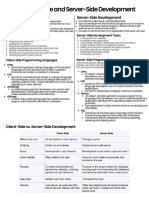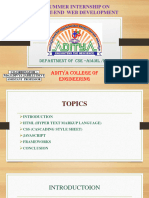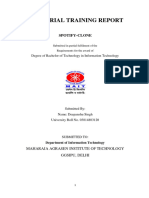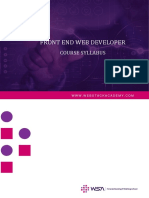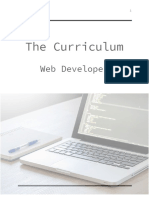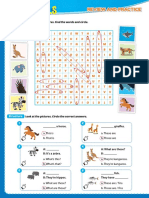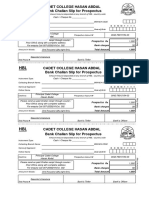0% found this document useful (0 votes)
19 views10 pagesQuestions Software Engineering
Front-end development involves creating user-facing components of websites and applications using technologies like HTML, CSS, and JavaScript. Key topics include responsive design, accessibility, and performance optimization, with a focus on enhancing user experience and achieving business goals. Target audiences for front-end courses range from beginners to back-end developers and entrepreneurs, each seeking to improve their web development skills.
Uploaded by
ahmedabosayed258Copyright
© © All Rights Reserved
We take content rights seriously. If you suspect this is your content, claim it here.
Available Formats
Download as PDF, TXT or read online on Scribd
0% found this document useful (0 votes)
19 views10 pagesQuestions Software Engineering
Front-end development involves creating user-facing components of websites and applications using technologies like HTML, CSS, and JavaScript. Key topics include responsive design, accessibility, and performance optimization, with a focus on enhancing user experience and achieving business goals. Target audiences for front-end courses range from beginners to back-end developers and entrepreneurs, each seeking to improve their web development skills.
Uploaded by
ahmedabosayed258Copyright
© © All Rights Reserved
We take content rights seriously. If you suspect this is your content, claim it here.
Available Formats
Download as PDF, TXT or read online on Scribd
/ 10









